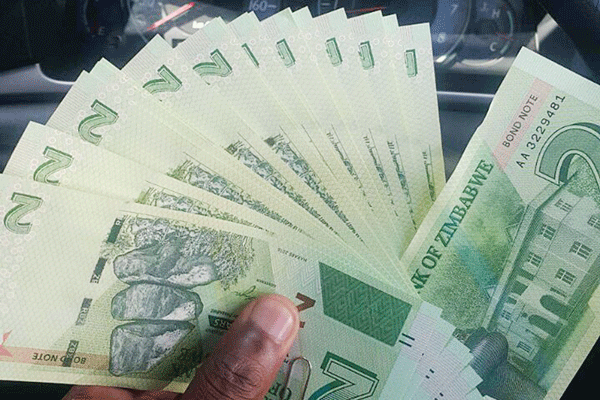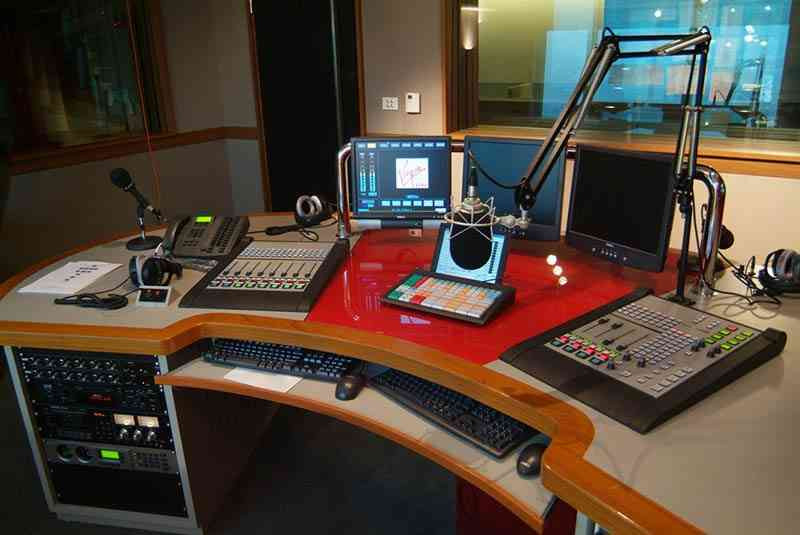
IN late 2016, the government introduced ‘bond notes’, a kind of bearer cheque designed to address a chronic shortage of physical United States dollars in the country.
It was hard to fault the logic of Zimbabwe’s Finance minister Mthuli Ncube, during the shock introduction of the new Zimbabwean dollar on Monday, when he said: “It means anyone who wants to buy goods or shop or pay for services, within the borders of Zimbabwe, ought to go to a bank or a bureau de change or some other institution to change their foreign currency into domestic currency and to spend that whichever way they wish to spend. That’s what normal countries do.”
The much-maligned minister is right: this is exactly what ought to happen. That is what normal countries do. But there is nothing normal about the economic crisis in Zimbabwe, where — thanks to decades of woeful, and probably criminal mismanagement of the economy — the normal rules now simply do not apply. The original Zimbabwean dollar was abandoned just over a decade ago, when annual inflation had reached 89 700 000 000 000 000 000 000% (that’s 89,7-sextillion percent). This hyperinflation — the second-worst in recorded human history — was caused when President Robert Mugabe’s government began to print money to get itself out of political trouble. Once they started printing money, they could not stop, until eventually the currency was completely worthless.
The old Zimbabwean dollar was replaced, eventually, by a basket of currencies, including the US dollar and the South African rand. This stabilised the economy and, crucially, it greatly limited the government’s power to meddle in monetary policy. After all, there was no way that Zimbabwe’s hapless administrators could print more US dollars. Or could they?
In 2016, the government introduced “bond notes”, a kind of bearer cheque designed to address a chronic shortage of physical US dollars in the country (because Zimbabwe imports far more than it exports, foreign currency has an unfortunate habit of leaving the country and never coming back). This was not a new currency, the central bank insisted; and it was supposedly backed by a US$200 million loan from the African Export Import Bank. But the public was not buying it; although bond notes officially traded at 1:1 with the US dollar, unofficially they began to lose value almost as soon as they were introduced.
In 2019, the central bank tried again. This time, the pseudo-currency was called the Real Time Gross Settlement (RTGS) dollar — effectively a digital currency — and the bank abandoned the pretence that it would be equivalent to the US dollar, instead suggesting that 2.5 RTGS dollars to US$1 would be an acceptable exchange rate. Again, the RTGS dollar began to lose value immediately. This week, it was trading at between 11 and 12 against the dollar.
There is a pattern here. Each attempt to introduce a new currency by the backdoor has failed, with consumers overwhelmingly rejecting it. They are nervous that any form of currency introduced by the current administration will lose its value, and quickly. And they have every reason to be, although the president may be new, with Emmerson Mnangagwa replacing Robert Mugabe in late 2017. The current administration is not that far removed from that which presided over the collapse of the original Zimbabwe dollar, wiping out the savings of most citizens in the process.
That’s why the new Zimbabwe dollar — which combines both bond notes and RTGS dollars, and makes it illegal to use foreign currency, including US dollars and rands — is unlikely to work. The new currency was introduced on Monday without prior consultation, and without implementing any of the hard reforms necessary to overhaul Zimbabwe’s economy. “This is chaotic,” said a spokesperson for the opposition Movement for Democratic Change. “It’s nuts,” said a prominent human rights lawyer.
- Chamisa under fire over US$120K donation
- Mavhunga puts DeMbare into Chibuku quarterfinals
- Pension funds bet on Cabora Bassa oilfields
- Councils defy govt fire tender directive
Keep Reading
“If you have US dollars on your person, in your bank account, your foreign currency or nostro account, it’s your money, you can keep it there or do whatever you like, except that if you want to go into a shop in Zimbabwe you should change it into domestic currency” — @MthuliNcube
The foundation of any successful currency is trust. On their own, bank notes are worthless pieces of paper; bank balances are little more than an encrypted string of electronic information. People have to trust that those pieces of paper are worth something. When that trust evaporates, so does the value of the pieces of paper, as anyone who has ever handled a 100-trillion Zimbabwe dollar bill can attest.
So the government can introduce as many new Zimbabwean dollars as it likes, but until Zimbabweans trust that this currency will retain its value, they are unlikely to embrace it. In a nation that is currently experiencing shortages of everything from bread to petrol to power, trust is still the commodity in shortest supply — and, with its long, dismal track record of economic mismanagement, this government is in no position to regain it.
Simon Allison writes in his personal capacity. This article was first published in the Mail & Guardian.











